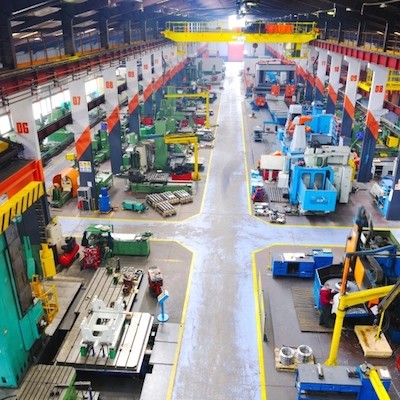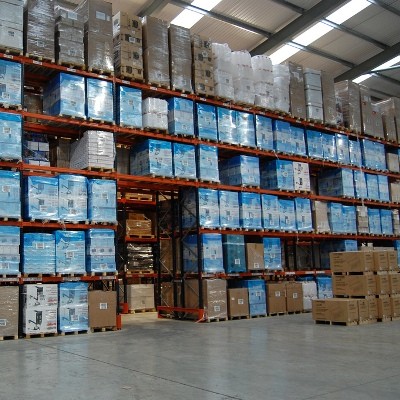Some Oregon Industries Hurt By Push For Higher Education
Tuesday, March 31, 2015

Industry experts say there is a lack of interest and push for education when it comes to generating new workers to fill these labor shortages.
“A lot of people aren’t aware these jobs are available, due to the fact in high school you’re directed to a four year degree as the best way to make more money, which isn’t true anymore,” said Rick Willebrand, the department chair for Portland Community College trades industry. “There’s a general lack of awareness and not letting people find out about it.”
A statewide survey by the Oregon Employment Department revealed over 45,000 job openings last year. Close to two thirds of these did not require more education than a high school diploma.
SLIDES BELOW: 10 Oregon Industries With The Hardest to Fill Vacancies
Some of the industries with the most job vacancies also found a majority difficult to fill.
In the most extreme example, the natural resources and mining industry had 1,691 vacancies in 2014. Yet 94 percent of these jobs were difficult to fill, although only three percent required any education beyond high school.
The transportation, warehousing, and utilities industry, another leader in available jobs, listed 74 percent of their openings as difficult to fill.
Shortage of Workers
Cascade Warehouse’s Manager Scott Cantonwine said the deficit is evident.
“There’s definitely a shortage in warehousing and transportation labor, and it's industry wide,” Cantonwine said. “Every position we post, it takes 15 to 20 applicants to find a good one.”
Cantonwine said the aging work force of retirees is outpacing the number of younger people entering the industry. Yet young people today focus more on obtaining a four-year education, while there is little effort driving people to search technical career training, according to Cantonwine.
This creates a shortage of qualified workers, as most are already hired.
“It’s one of those things where experience is required, but how do you get that experience,” Cantonwine said.
Oregon’s natural resources industry—including farming, fishing, and timber—is facing similar issues. Jim Geisinger, executive vice president of the Association of Oregon Loggers, said it is difficult to find skilled labors who want to meet the demanding labor and conditions of the logging industry.
However, filling the position requires skills to handle sophisticated, expensive equipment, as well as demanding physical work. Gesinger said getting younger generations to stay and work in rural counties is a challenge.

Trade schools and vocational programs offer a way for training people for these industries. However, Willebrand said that as many high schools drop vocational programs, so students never get the chance to see if those careers are a right fit.
Impact on Oregon
The labor shift away from these jobs is impacting the state’s recovering economy, especially in rural communities dependent on the agricultural and timber industry.
Eastern Oregon saw a 73 percent increase in job vacancies between 2013 and 2014. Eastern and Central Oregon had the most difficult to fill vacancies--70 and 63 percent of all open postions, respectively.
Cantonwine said if the trucking industry continues it's labor shortage, it will make it harder to fill orders, and drive up prices. It could also play a part in deterring new firms from setting up in Oregon.
Willebrand said many times, firms will advertise out side of Oregon to bring in talent—a harmful solution for the state.
“Any job we can’t find somebody in the state to fill can’t be good,” Willebrand said. “We have lots of unemployed people we should be able to fill those jobs with.”
Related Slideshow: 10 Oregon Industries With The Hardest to Fill Vacancies
These are Oregon industries that had the most job vacancies in 2014, but also had the highest percentage of difficult to fill positions, according to data from the Oregon Employment Department:
























Follow us on Pinterest Google + Facebook Twitter See It Read It